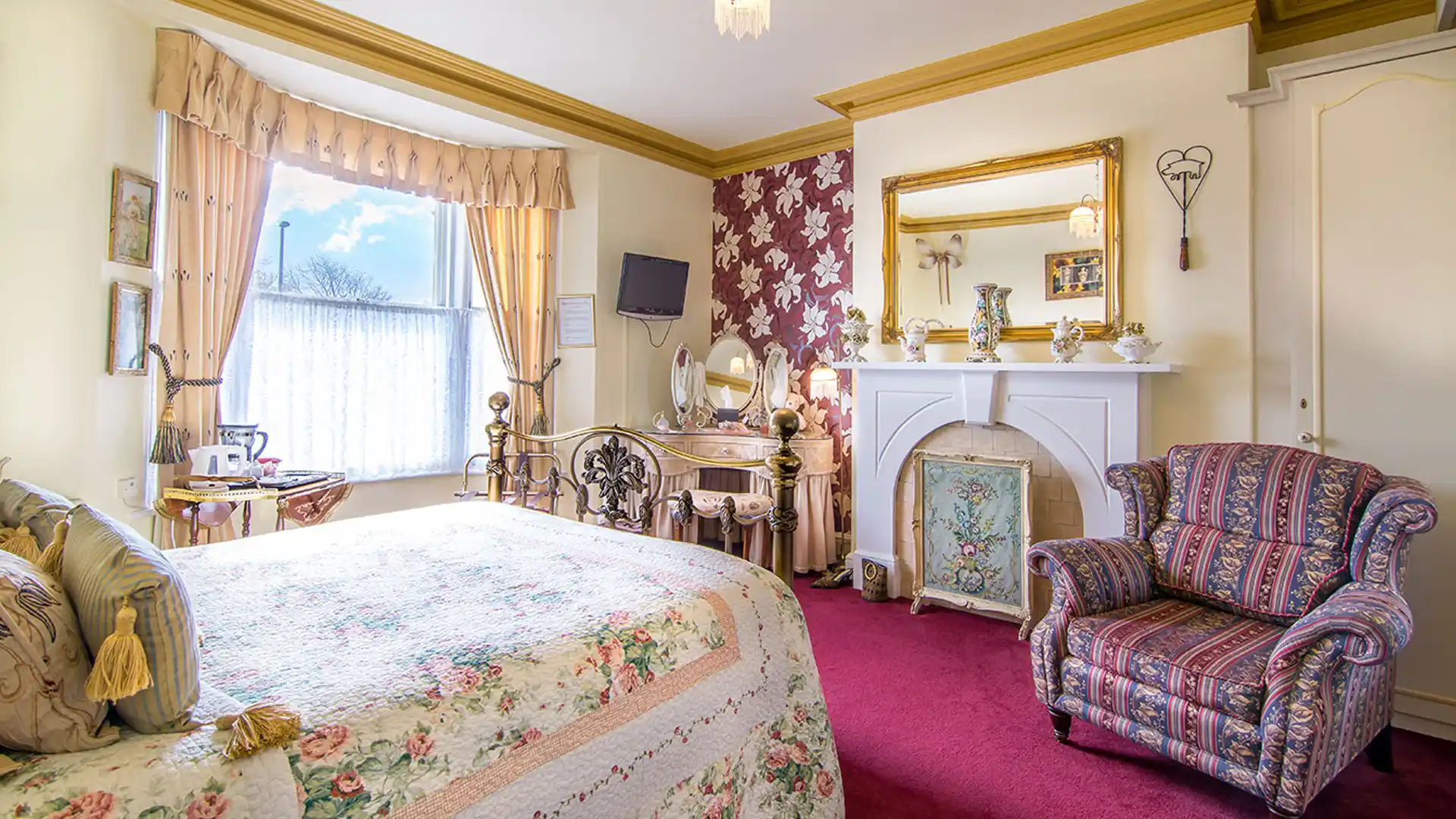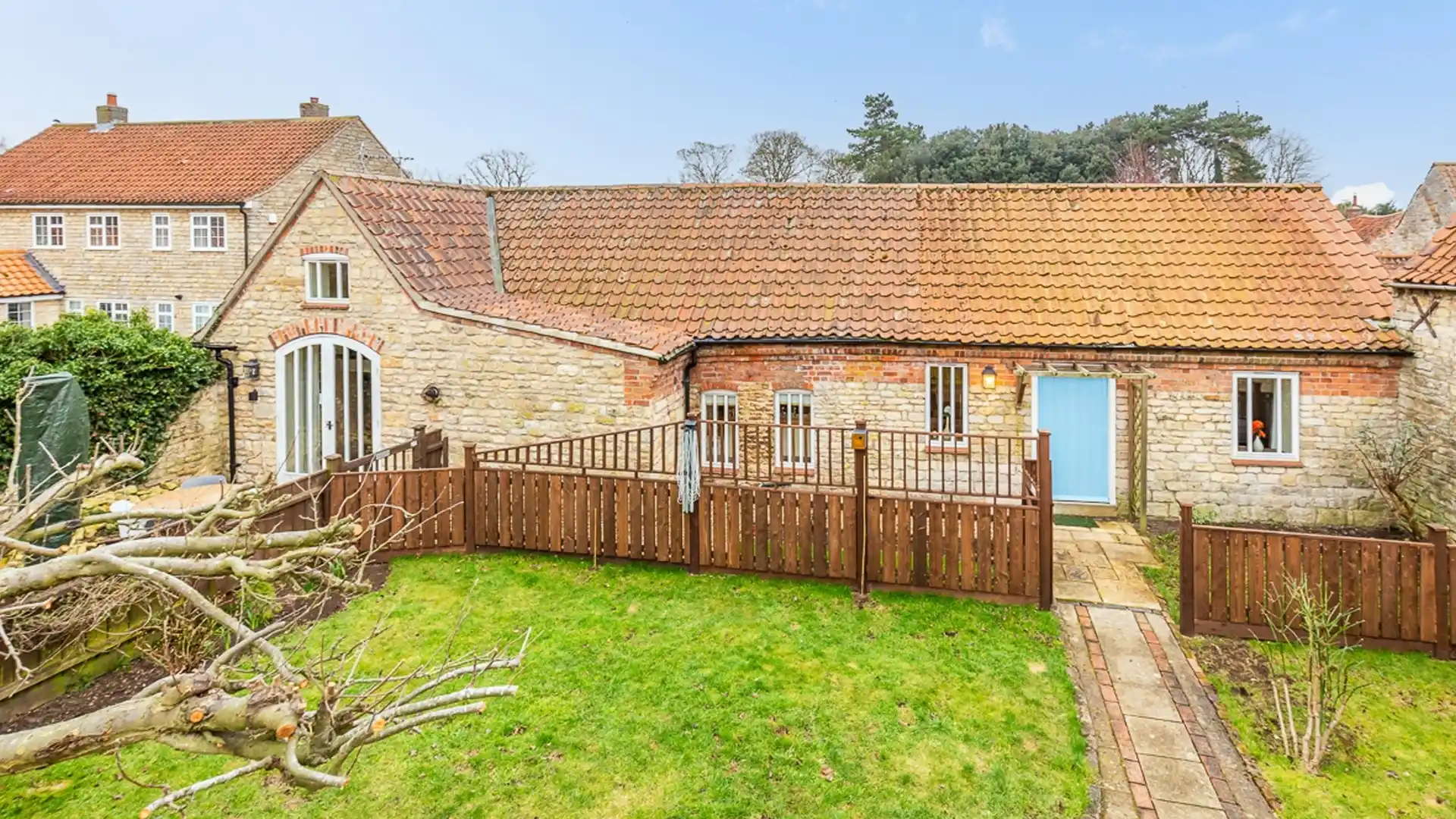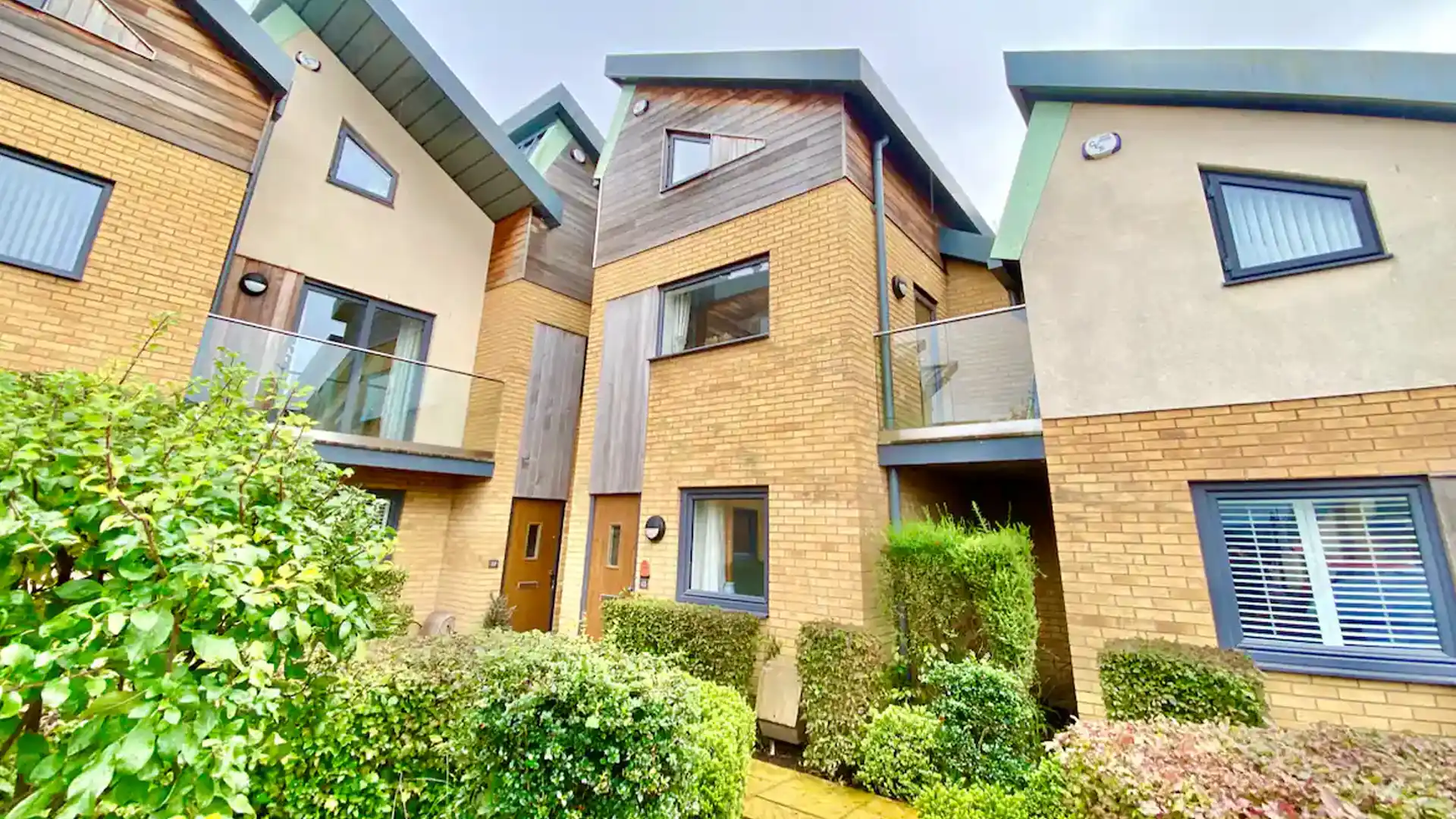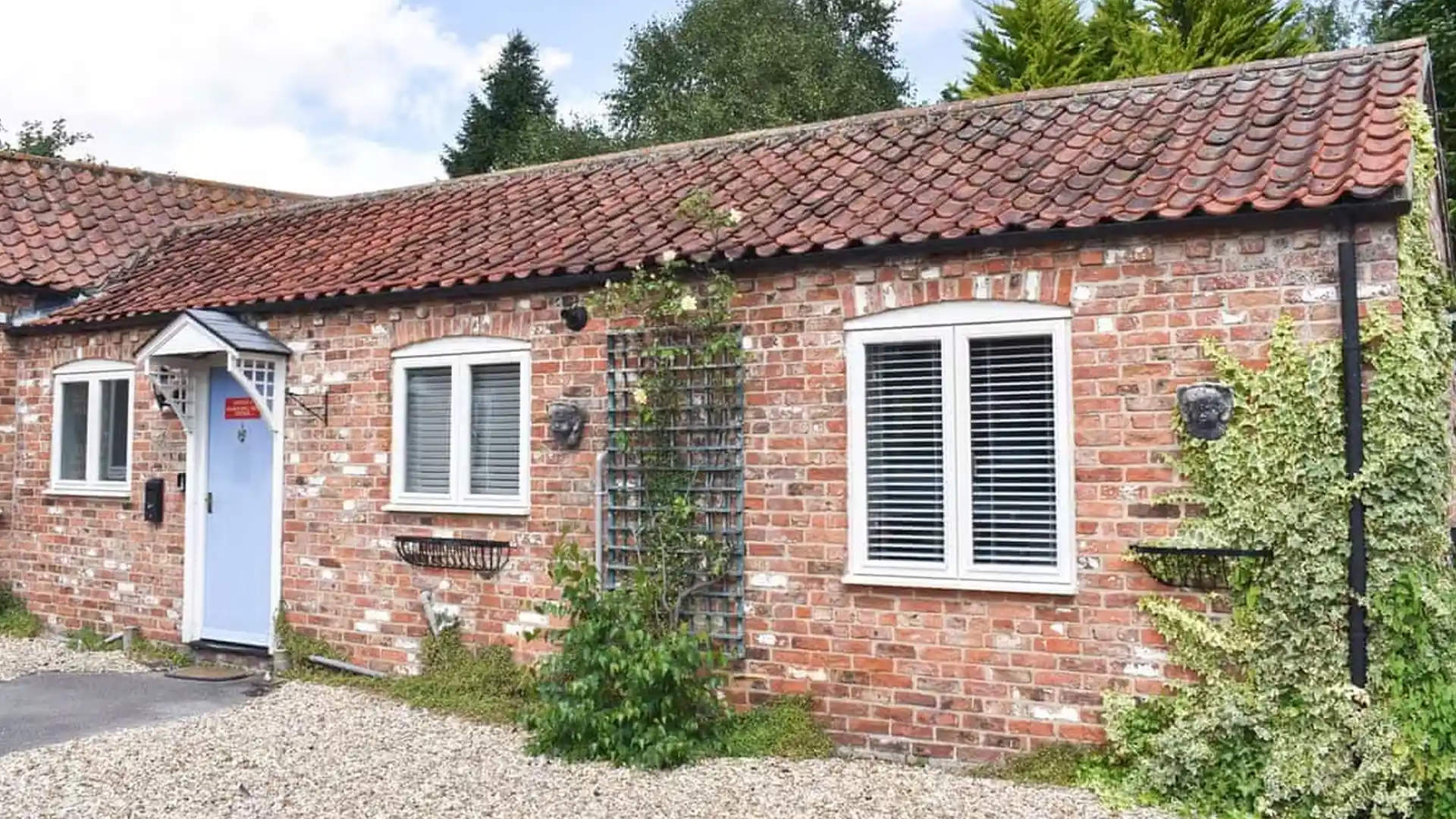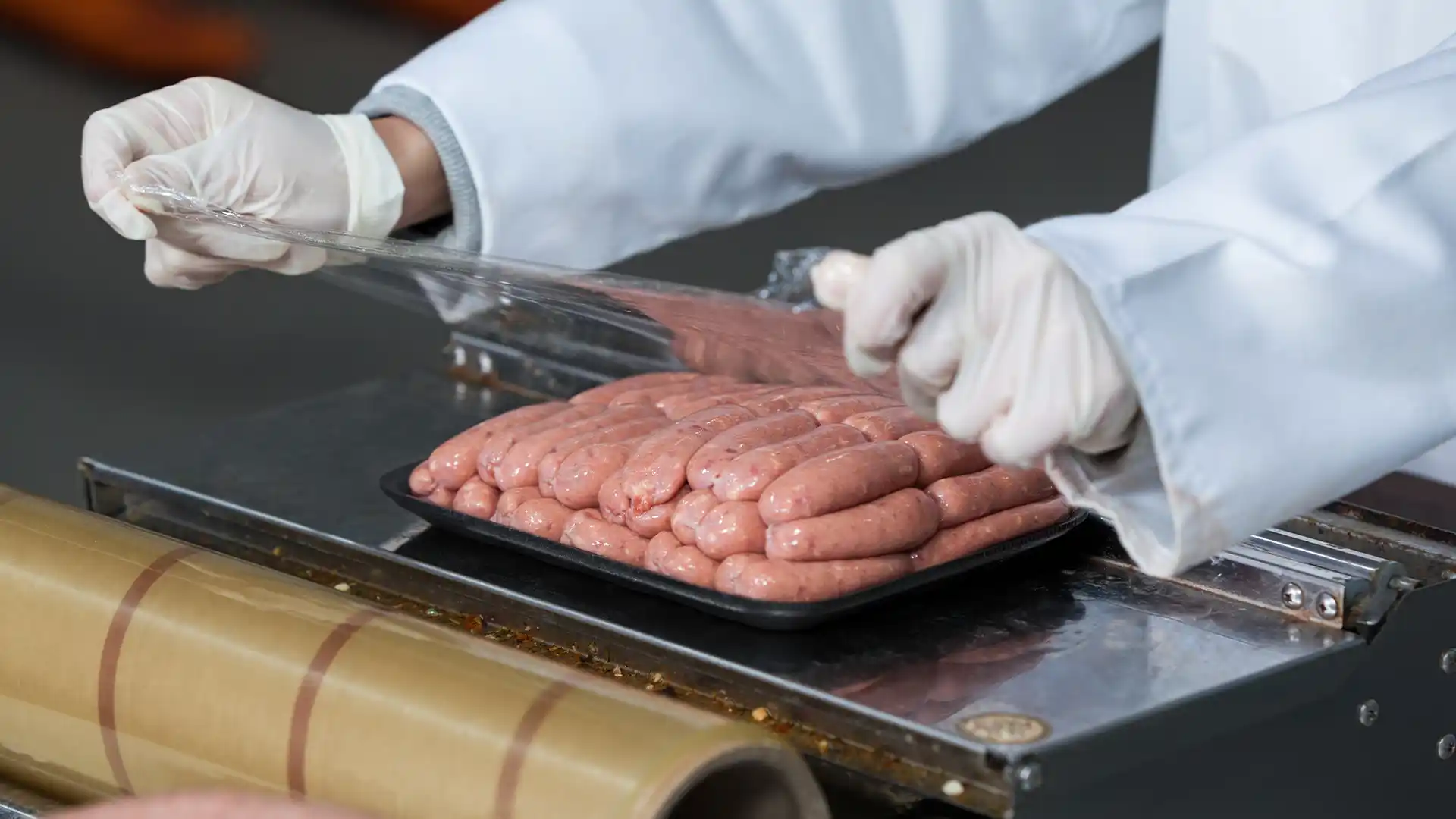Anyone who has been to or heard about Lincolnshire knows that it is renowned for its arable farming. In fact, Lincolnshire produces one eighth of the UK’s food and processes 70% of its fish. In addition, Lincolnshire also grows large amounts of barley, wheat, oilseed rape and sugar beet.
To say that farming has shaped Lincolnshire would be an understatement. The land here was naturally very suitable for arable farming. Settlers arriving to the UK found that plants used for food and raising animals on were aided by the temperate climate and healthy soil. They soon found an efficient way to survive; farming developed and communities started to settle rather than continue to roam.
The Roman Rule and Middle Ages
During the time of the Roman invasion, agriculture was already well established in Britain. The exportation of grains and cattle to the continent was commonplace, which was one of the reasons behind the invasion; the UK was seen as a rich and fertile land.
Agriculture continued to experience tremendous improvement under the Roman rule. There were large villa farms which managed the cultivation of hundreds of acres of land.
Farming continued relatively unchanged during the Middle Ages, except with regards to land use. Landowners were typically more inclined to focus on sheep farming; the meat and wool brought in higher profits, which was more fruitful than letting small farmers use the land for arable farming. This made life very difficult for the small farmers and caused them to begin moving elsewhere.
Agricultural Landscape in the 18th and 19th Centuries
During this period, farming saw some dramatic changes and improvements. Arable farming became profitable with the revolution of new and more efficient technologies. Lincolnshire was considered to be at the forefront of agricultural progress.
Huge developments in fertilisers, field drainage and crop rotation all contributed to increased profits. Meanwhile, advancements in agricultural technology continued with the advent of steam tractors, making Lincolnshire one of the leading producers of agricultural machinery. This was a big factor in the increase in production heading into the 20th century.
Lincolnshire Arable Farming Today
Similar to the majority of industries, farming in Lincolnshire is currently enduring mixed fortunes. Circumstances including Coronavirus, Brexit and unpredictable weather have created uncertainty in both the arable and livestock markets. Furthermore, the increased buying power of the supermarkets only makes life more difficult for our smaller-scale farmers.
Having said this, the recent Covid-inflicted lockdowns did see an increased demand for fruit and vegetables grown in the UK, particularly in Lincolnshire. This created an increased number of land jobs, emphasised by the restrictions faced on overseas travel; these roles have been traditionally filled by eastern Europeans.
Over the years, a lot of the county’s farms have regrettably disappeared. Some, however, have adapted, converting into holiday homes, fishing lakes, paint gun battlegrounds, wildlife walks, renewable energy power sites or housing estates. Others have stayed with their farming routes, adapting by means of varying crop choices or transitioning into a ‘bed & breakfast’ livestock model.
Despite the current challenges, it’s difficult to see how Lincolnshire will ever move away from being a farming hotbed. Its predominantly flat landscapes and rich soils, particularly in the south and south-east of the county, continue to make it ideal for arable farming. Lincolnshire’s reputation as England’s heart of agriculture will hopefully remain for a while yet!


